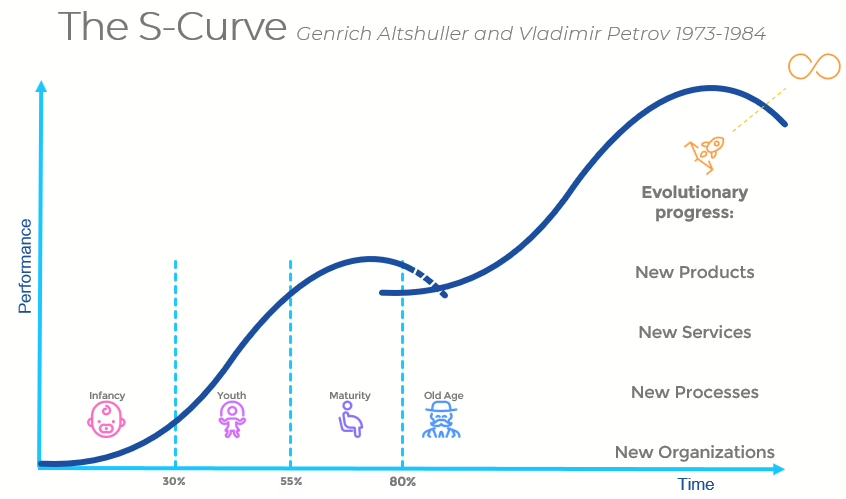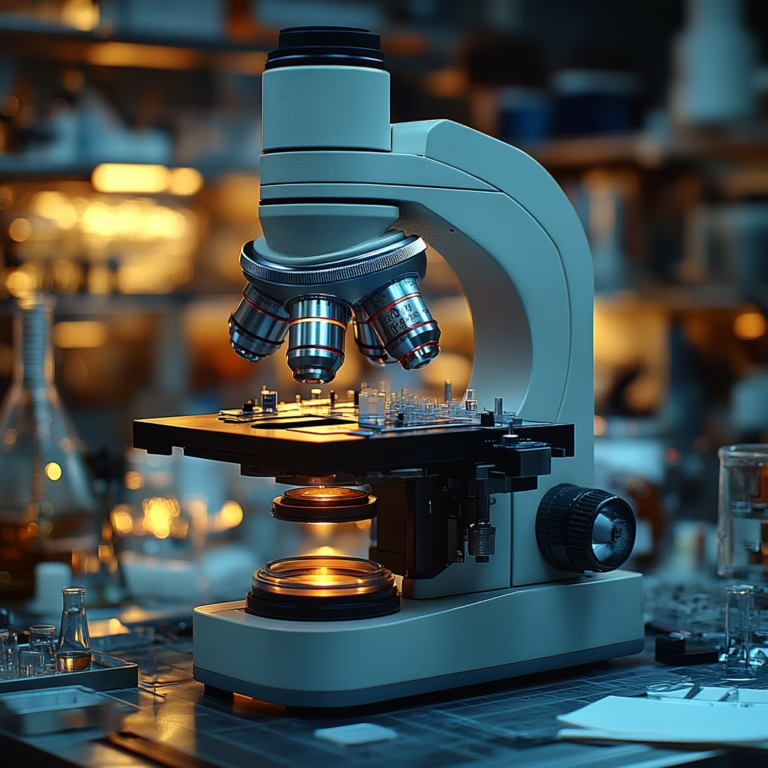In the landscape of innovation and systematic problem-solving, the concept of ideality represents a fundamental pillar to guide the evolutionary development of systems. The second evolutionary law of TRIZ, known as the “Law of Ideality,” describes the path through which every system evolves to maximize beneficial effects and minimize harmful ones. This principle not only enables the design of functional and elegant solutions but also increasingly efficient and sustainable ones.
What is Ideality?
Ideality is the ultimate goal that every system pursues in its evolutionary process. Every system (whether technological, organizational, or otherwise) evolves over time to meet increasingly high standards demanded by more discerning customers and organizations.
If we define the VALUE of any solution as the ratio between Benefits and Problems, it becomes clear that its evolution will only succeed if its Value can increase.

In other words, evolution exists only if the new solution brings greater advantages to the customer while reducing costs and problems.
In reality, technology or organizations reach the peak of their evolutionary curve and stop developing there. However, the function they performed continues to evolve through another technology/organization that can perform that function better.

A classic example is the transition from hot air balloons to airships and subsequently to airplanes, a sequence in which each technology supplanted the previous one with superior performance, while maintaining the fundamental goal: air transportation.
The value of a function, i.e., the ratio between beneficial and harmful effects, thus continues to grow until it reaches ideality.
An Ideal solution is defined as the (purely theoretical) solution toward which every technological system inevitably evolves.
By thinking in terms of an Ideal solution, it becomes easy to understand that it identifies the inevitable direction toward which every technology/organization tends. Therefore, if we want to invest today in evolving our product, process, or organizational structure, we should imagine what the Ideal solution might look like.
For example, if we consider any means of transportation as a solution capable of taking us from point A to point B, we can easily imagine that the Ideal solution can only be teleportation. It might sound amusing, but this is a solution that provides only functionality without particular problems (at least for the user).
Based on this simple example, it becomes clear that an Ideal system provides the required functions “without actually existing,” meaning it uses minimal resources while generating maximum value for the user. This concept often implies the physical elimination of the system, thus achieving greater value by considering both benefits and costs.
The Path Toward Ideality
The evolutionary progress of a system takes shape through increasing beneficial effects and reducing harmful ones. This process can be applied across multiple fields, such as:
- Designing new products: Developing solutions that integrate complex functionalities while maintaining ease of use, often transferring such functions outside the original technology. For instance, consider how MP3 technology was once housed in an iPod with limited memory capacity. The system evolved by transferring the “music archive” function to the cloud, eliminating the need for a physical device like the iPod in favor of non-hardware solutions like Spotify.
- Designing new processes: Similarly to products, it is possible to “envision” the Ideal solution for an industrial process to eliminate unnecessary or even harmful steps.
- Optimizing existing organizations: Reducing the number of substructures, flattening hierarchies, accelerating decision-making phases, etc., are all activities that help an organization evolve toward its ideality.
Tools to Analyze and Improve Ideality
A useful tool for improving ideality is the Analytic Hierarchy Process (AHP), which allows the evaluation and ranking of a system’s beneficial and harmful effects in order of importance. Developed by Thomas Saaty in the 1970s, AHP is a decision-support technique that combines quantitative and qualitative aspects to identify the best solutions.
AHP enables you to:
- Compare different parameters “one-on-one” for more precise evaluations.
- Incorporate qualitative criteria such as environmental impact or customer satisfaction.
- Establish a hierarchical scale of priorities to guide the decision-making process.
Practical Examples of Applying the Second Evolutionary Law
- Development of Innovative Materials
Imagine a material used in building construction: traditionally, we might think of concrete or steel. Evolution toward ideality could involve introducing a material that is:- Lighter but equally strong.
- Eco-sustainable, reducing CO₂ emissions during production.
- More economical without compromising quality.
- Transportation Systems
Another example could be an autonomous vehicle. Ideality manifests by:- Reducing accidents (harmful effects).
- Increasing energy efficiency and comfort (beneficial effects).
- Eliminating the need for a driver, relying on sensors and artificial intelligence.
Challenges in Quantifying Ideality
While the concept of ideality is intuitive, quantifying it can be complex. For example:
- Intangible criteria: How can we measure a product’s emotional impact on a customer?
- Long-term effects: Reducing pollution may yield visible benefits only after years.
To address these challenges, it is essential to adopt a systematic approach based on contradiction analysis and identifying available resources.
Conclusion: The Path Toward the Ideal System
The second evolutionary law of TRIZ teaches us that innovation is not just about adding features but about creating solutions that improve people’s lives by minimizing costs, waste, and negative impacts. By using tools like AHP and TRIZ principles, we can guide system development toward ever-higher ideals, contributing to technological and social progress.







